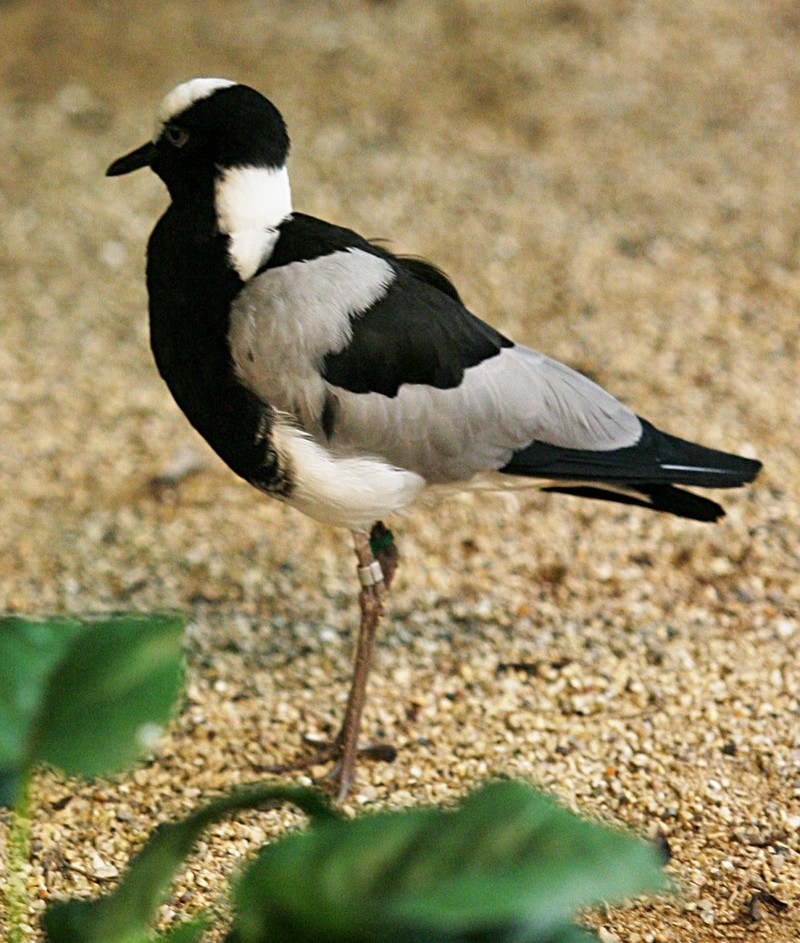| New Photos | Animal News | Animal Sounds | Animal Movies | Upload Photo | Copyright | Korean |
|---|
| Funny Animal Photos | Monsters in Animalia | Wiki Articles Fun Facts about Animals | Links | Home | Mobile A.P.A. |
|---|
| Image Info | Original File Name: Blacksmith Lapwing (Vanellus armatus).jpg Resolution: 1060x1250 File Size: 348021 Bytes Upload Time: 2007:10:01 10:25:22 | |
| Author | Name (E-mail): Unknown | |
| Subject | Blacksmith Lapwing (Vanellus armatus) - Wiki | |
 |
| Email : E-Card | Poster | Web Master Delete Edit Info Admin |
| Description | Blacksmith Lapwing (Vanellus armatus) - Wiki
Blacksmith Lapwing
The Blacksmith Lapwing or Blacksmith Plover (Vanellus armatus) occurs commonly from Kenya through central Tanzania to southern and southwestern Africa. The vernacular name derives from the repeated metallic 'tink, tink, tink' alarm call, which suggests a blacksmith's hammer striking an anvil. Description Blacksmith Lapwings are very boldly patterned in black, grey and white, possibly warning colours to predators. It is one of five lapwing species (two African, one Asian and two Neotropical) that share the characteristics of a carpal (wing) spur, red eye and a bold pied plumage. The bare parts are black. Females average larger and heavier but the sexes are generally alike. Habitat and numbers The Blacksmith Lapwing occurs in association with wetlands of all sizes. Even very small damp areas caused by a spilling water trough can attract them. In South Africa they are most numerous in the mesic grassland region, less so in higher-rainfall grasslands. Like the Crowned Lapwing, this species may leave Zambia and Zimbabwe in years of high rainfall and return in dry years. It avoids mountains of any type. Blacksmith Lapwings expanded their range in the 20th century into areas where dams were built and where intensive farming was practiced. Consequently they are now numerous and established in the western Cape region of South Africa, where they were absent until the 1930s. In this region they have also entered estuarine mud flats in winter where they aggressively displace other waders. Behaviour and food The species reacts aggressively to other lapwings or African Jacanas that may enter its wetland habitat. It breeds in spring, but its choice of nesting site and timing may be opportunistic. The young separate gradually from their parents and do not return to natal areas afterwards. They feed on aquatic and terrestrial invertebrates. http://en.wikipedia.org/wiki/Blacksmith_Lapwing
| |||
| Copyright Info | AnimmalPicturesArchive.com does not have the copyright for this image. This photograph or artwork is copyright by the photographer or the original artist. If you are to use this photograph, please contact the copyright owner or the poster. |
|
|
|
| |||||||
| CopyLeft © since 1995, Animal Pictures Archive. All rights may be reserved. | ||||||||
Stats